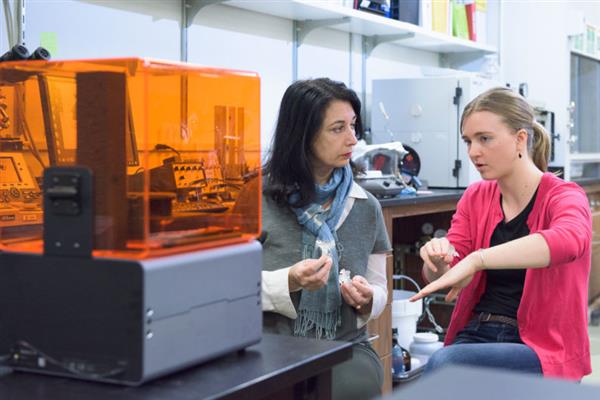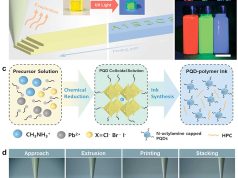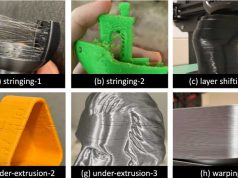At the Stanford University a research team is working on 3D printed stones. They try to print nearly the same very fine internal structures that real stone has, only the material is different. The 3D printed stones consist of resin. This research is very interesting because it’s the first time that researchers have the possibility to change some of the internal structures of rocks and stone.
To be able to print finest structures of stones you need a high-tech 3D printer. The Stanford research team has used a Formlabs Form 1 and a second more expensive 3D printer. The idea behind the project is to evaluate how the internal structures of rock affect its mechanical characteristics. However, even the currently used 3D printers don’t have enough resolution to print the smallest structures inside rocks. In the future there will be 3D printers available that are able to do this.
A fundamental problem for geophysicists who want to understand rock properties is that our samples are not naturally comparable. You can take two rock cores from right next to each other that have very similar bulk properties, but when you look at them under a microscope, their pore structures might be completely different. By manipulating something that we couldn’t manipulate before, 3D printing allows us to understand the role of those tiny differences in the pore structure.
The developed technique could be interesting even for future space missions to the mars. On a future mars mission an interesting rock could be scanned and printed on earth afterwards. After that it would be easier to decide if the rock should be taken back to earth because there will be only limited cargo capacity for rock probes.
Subscribe to our Newsletter
3DPresso is a weekly newsletter that links to the most exciting global stories from the 3D printing and additive manufacturing industry.


























